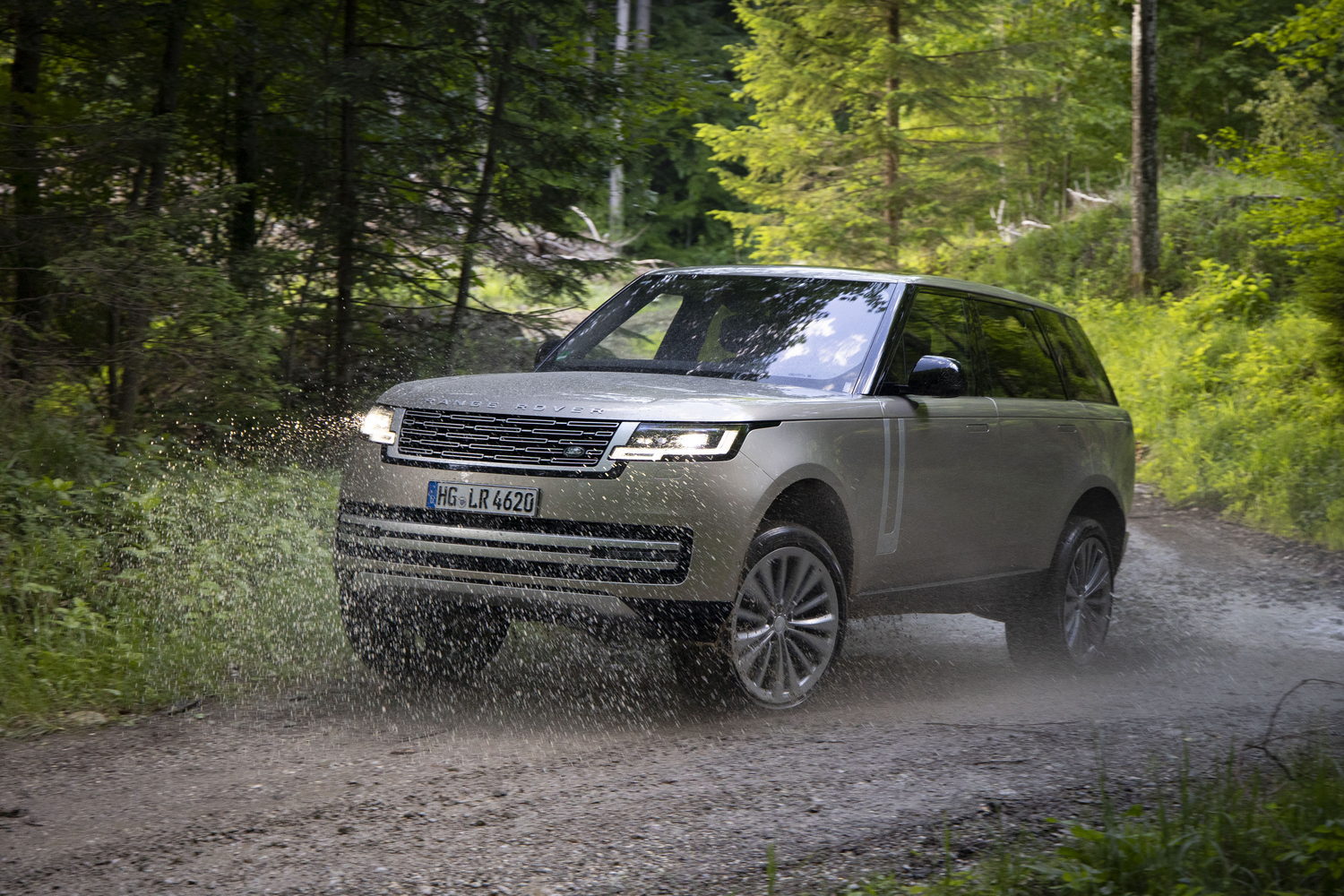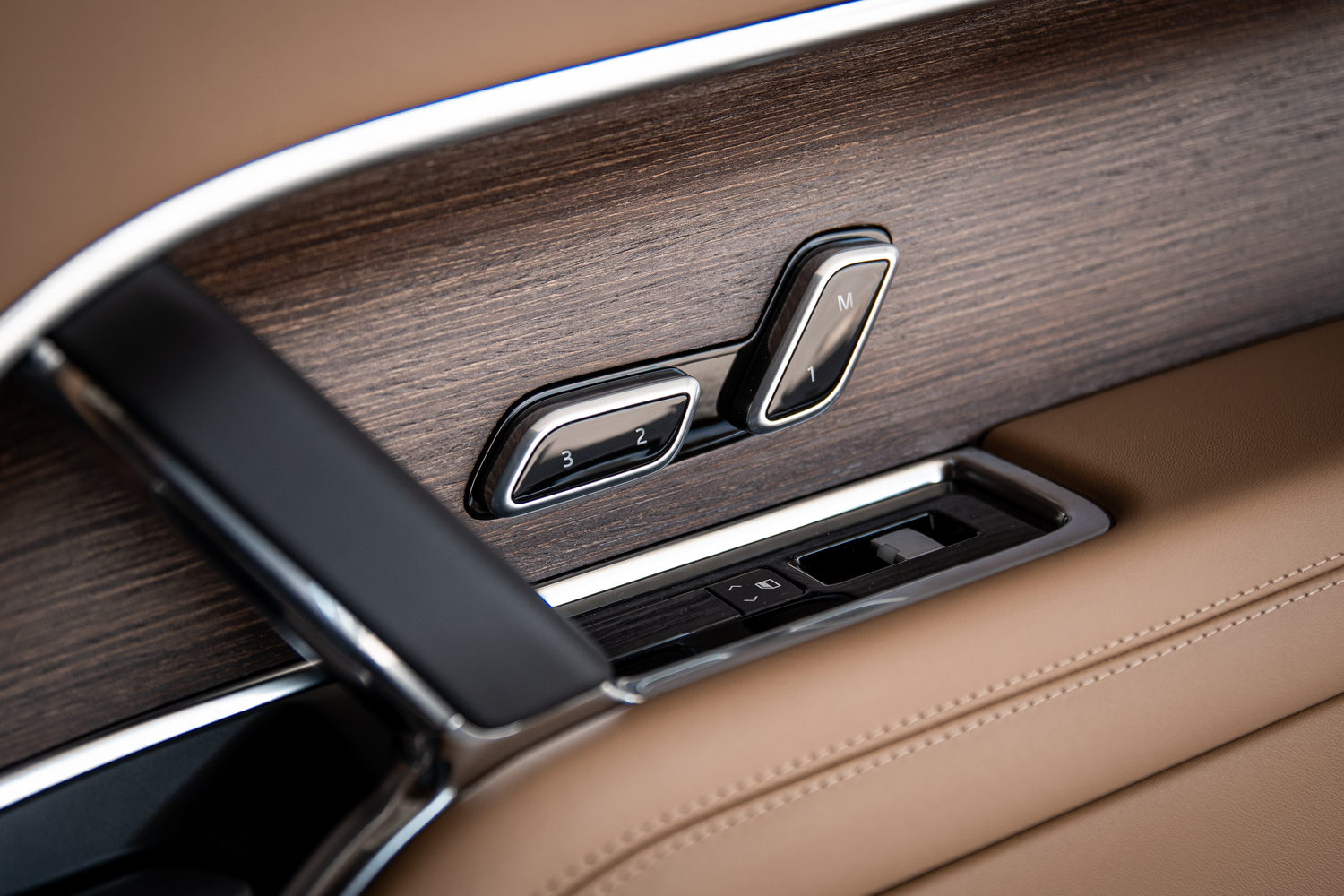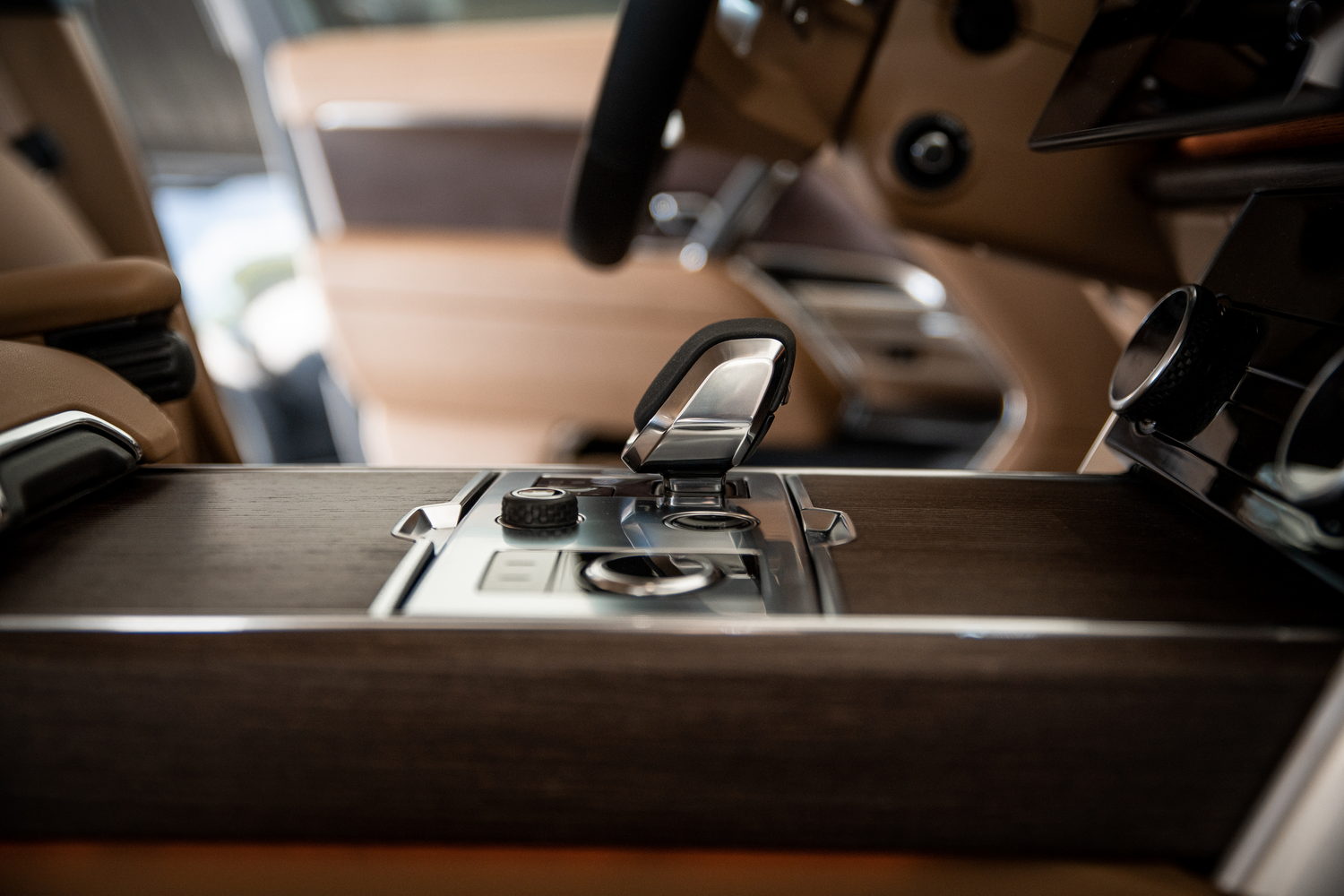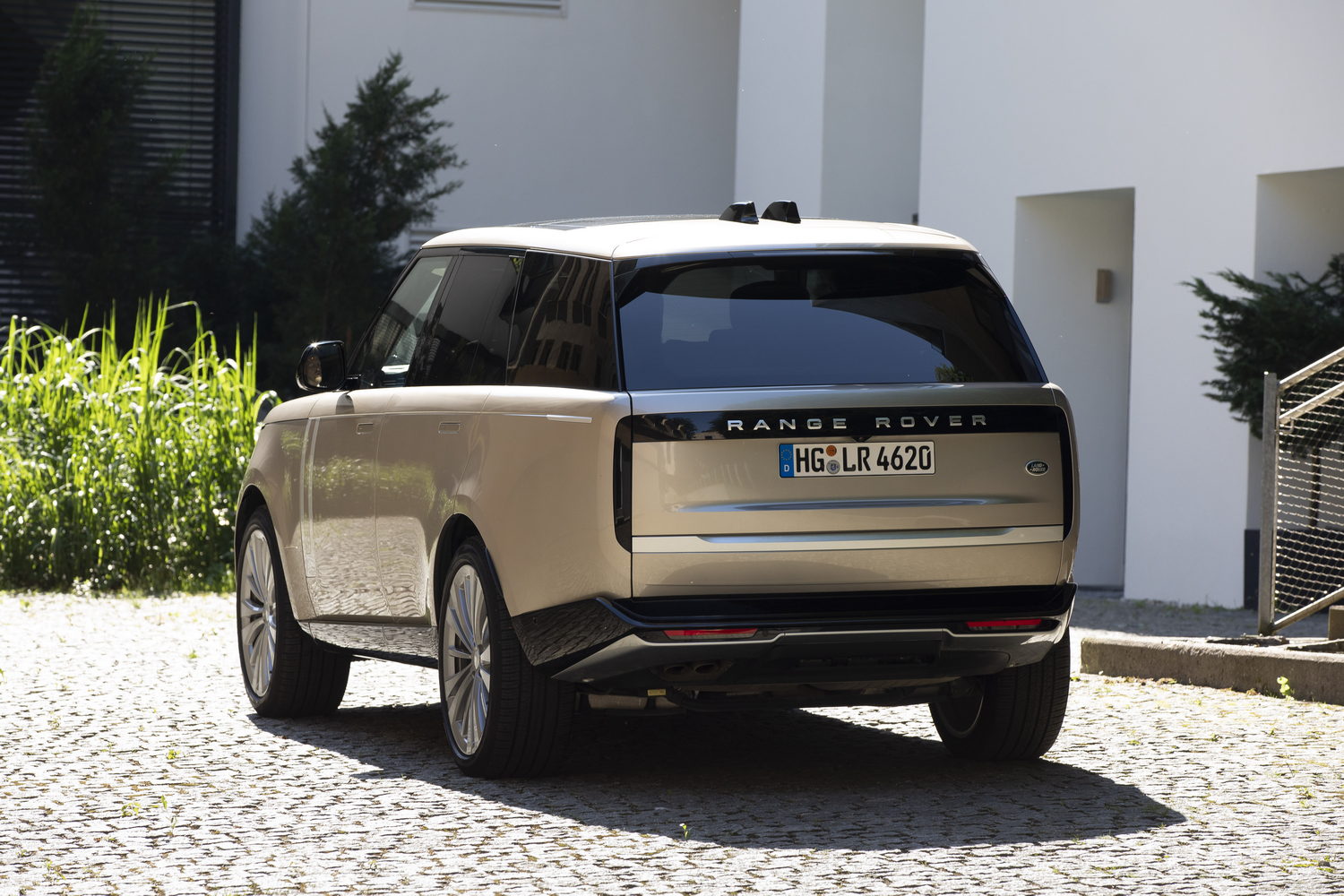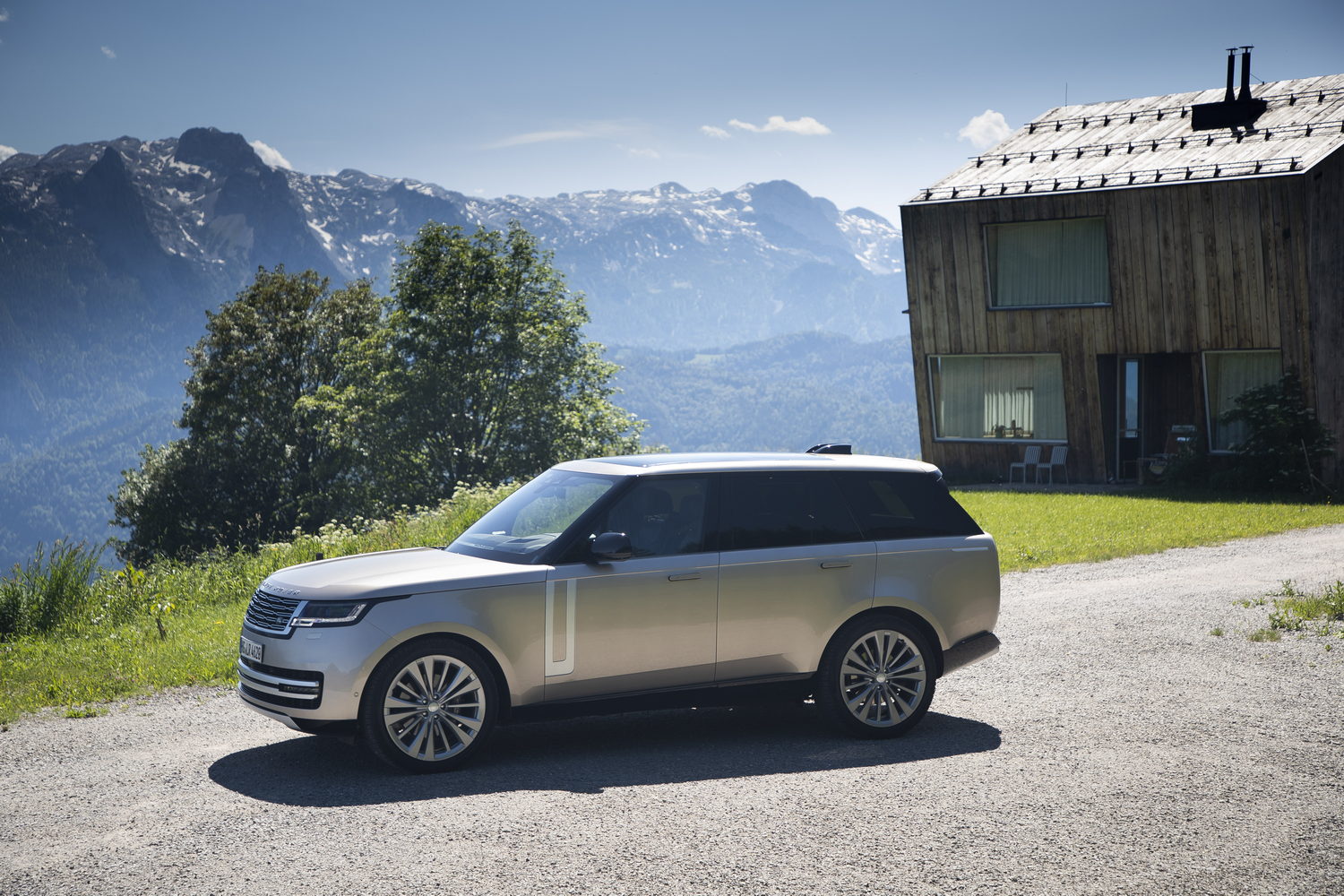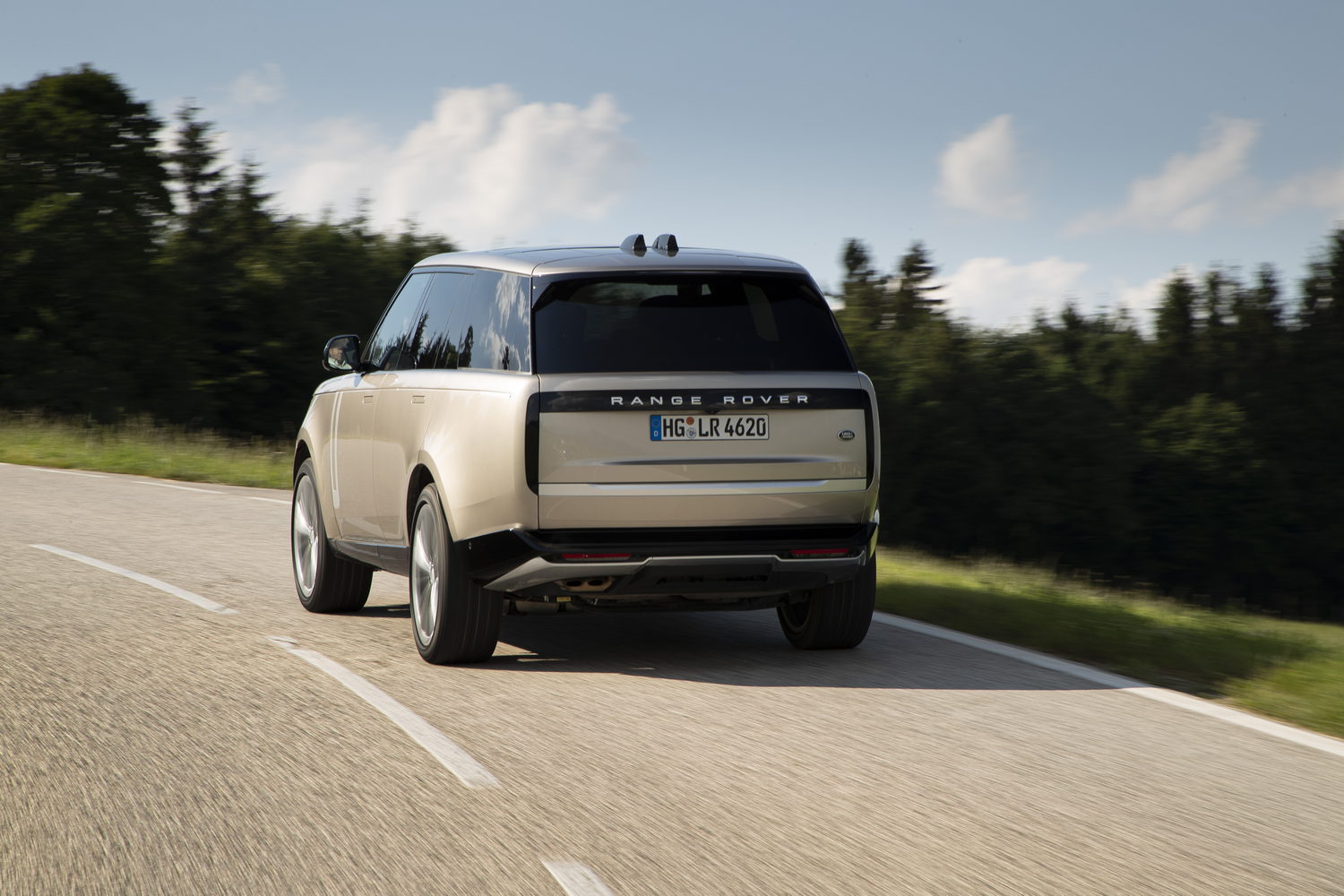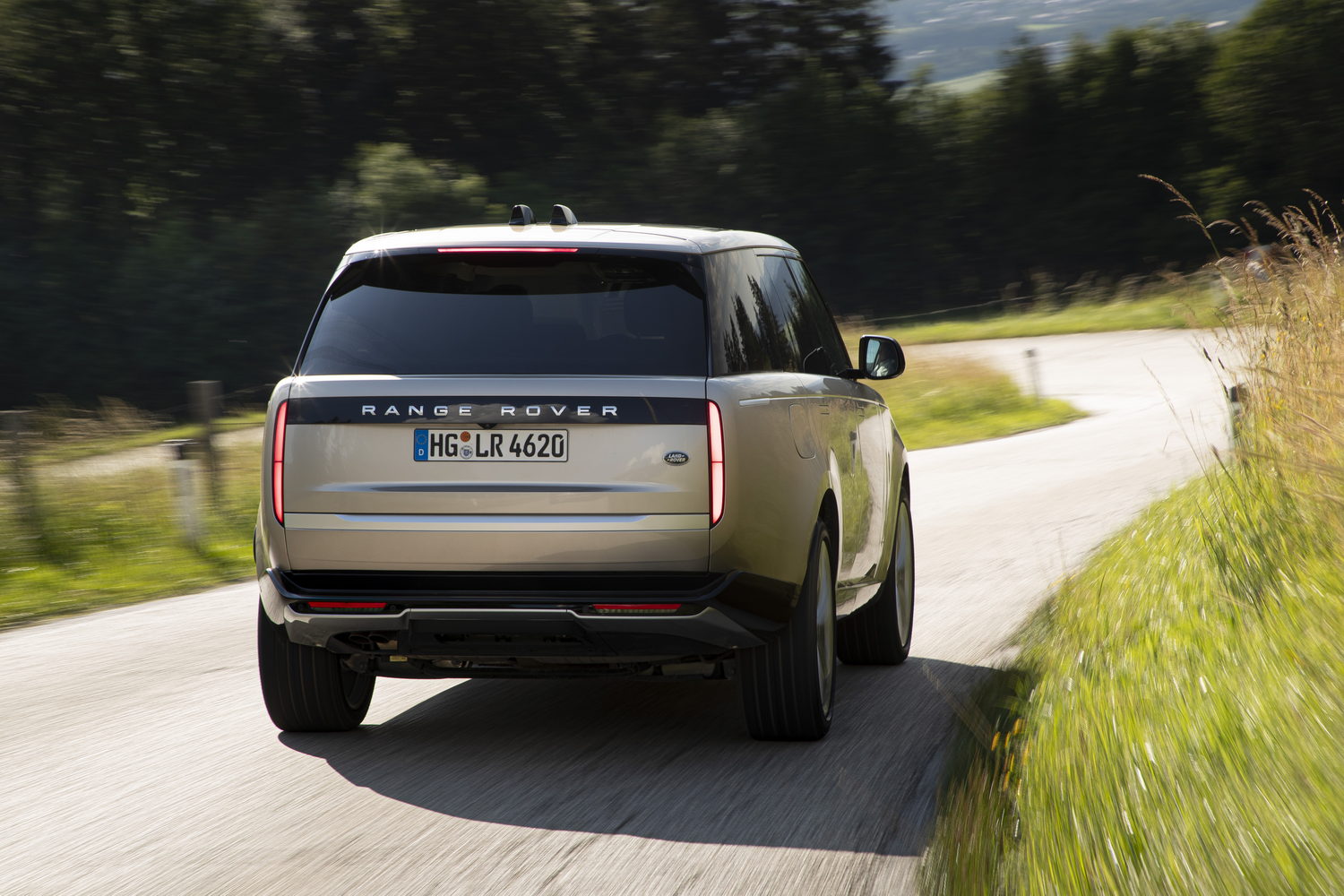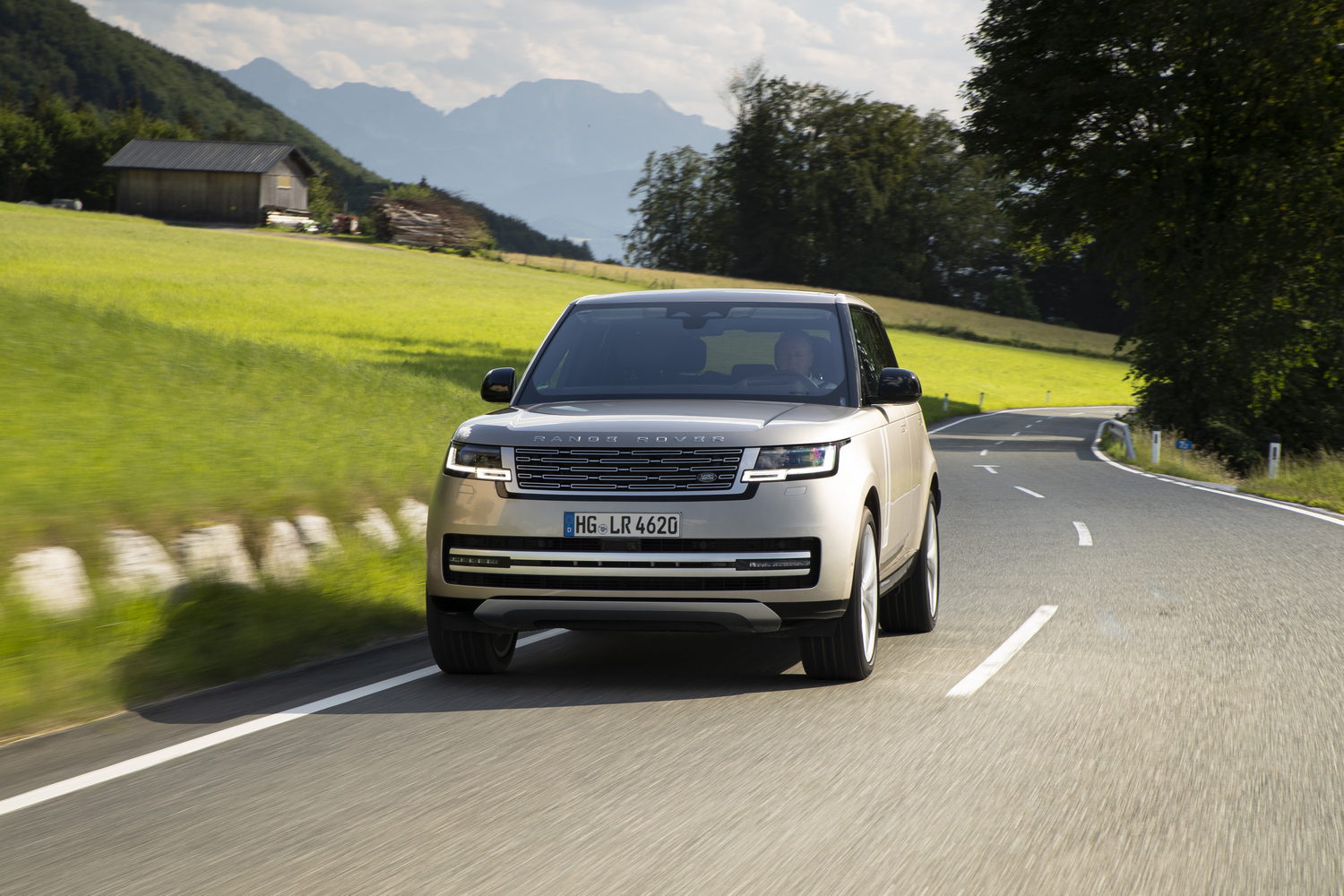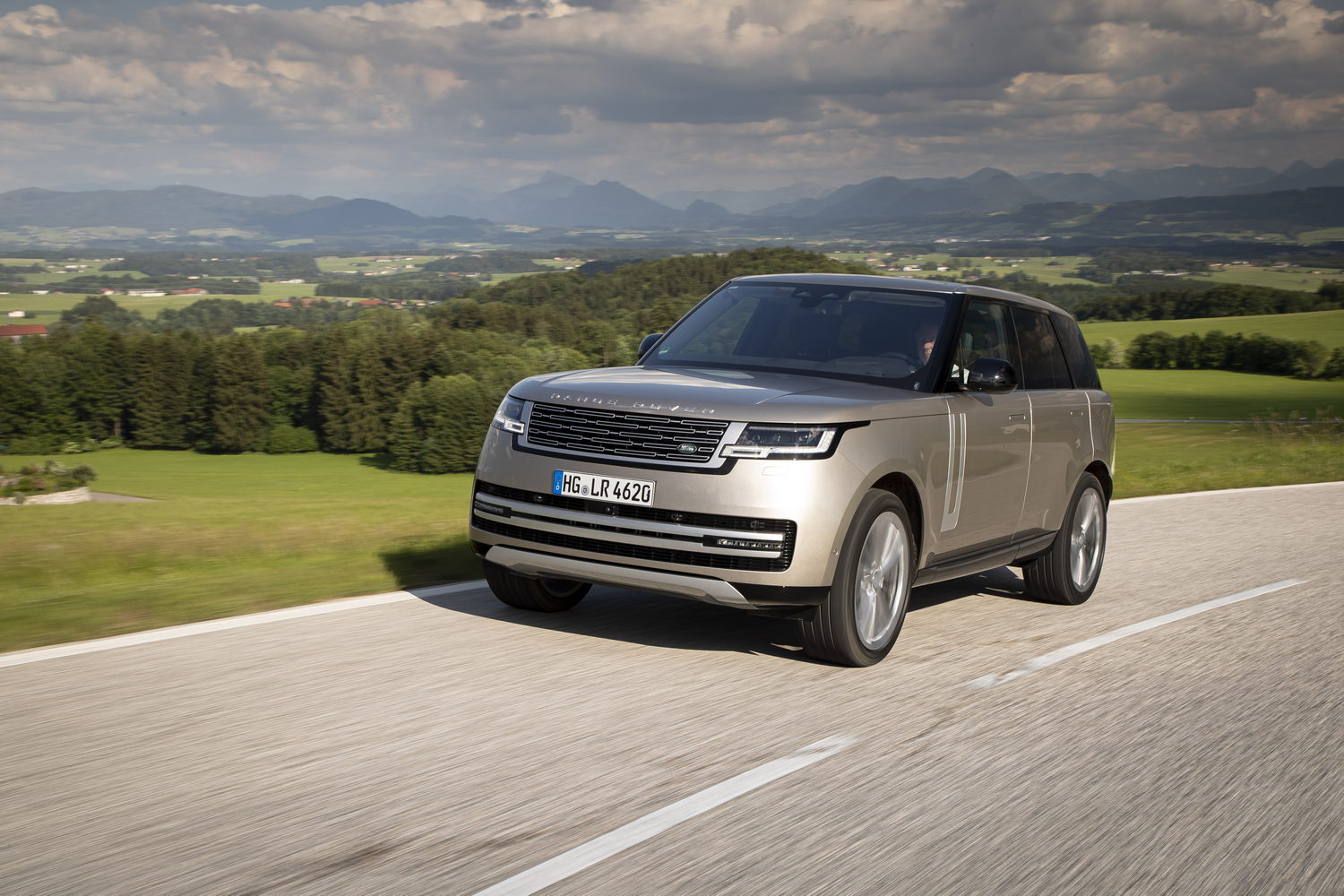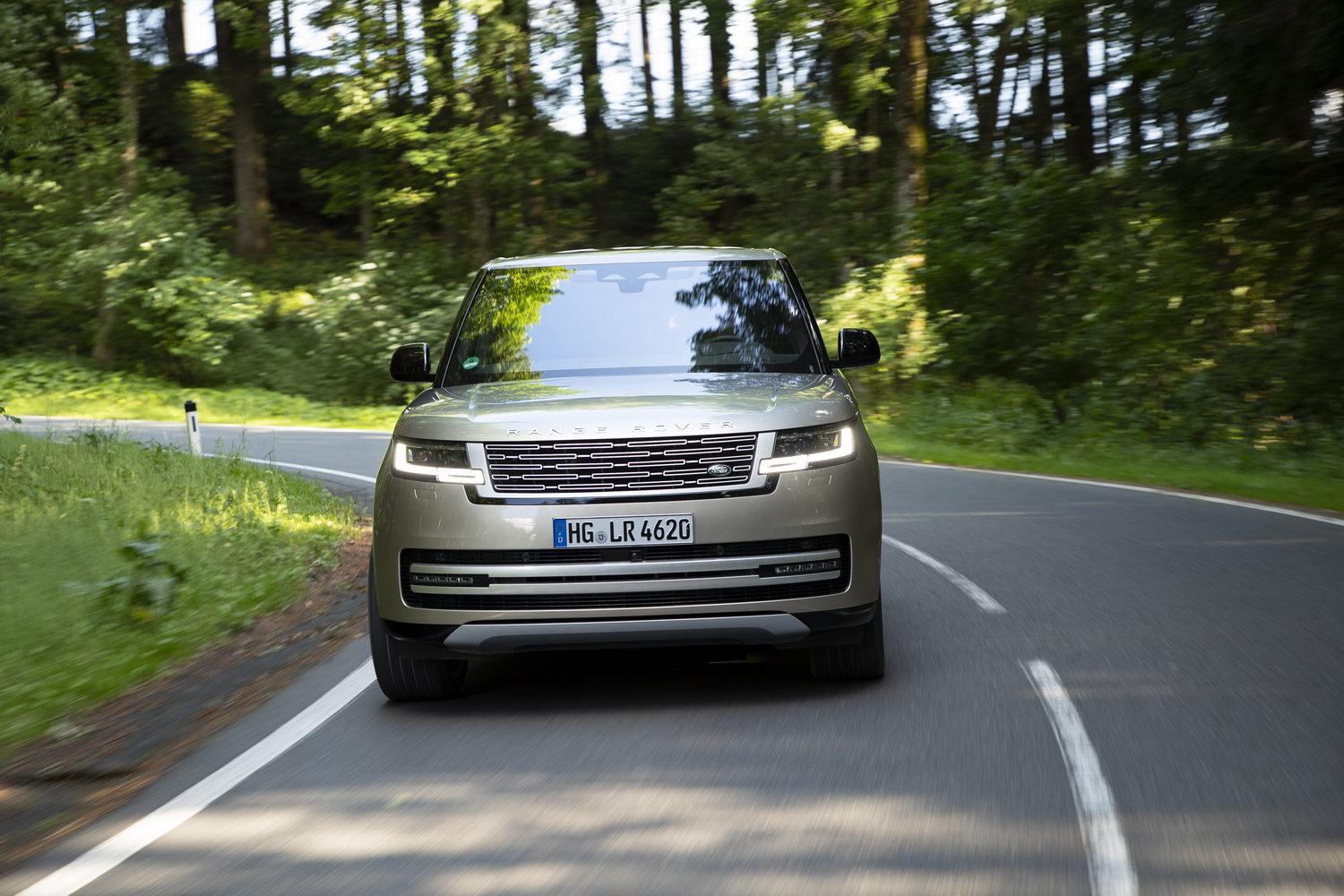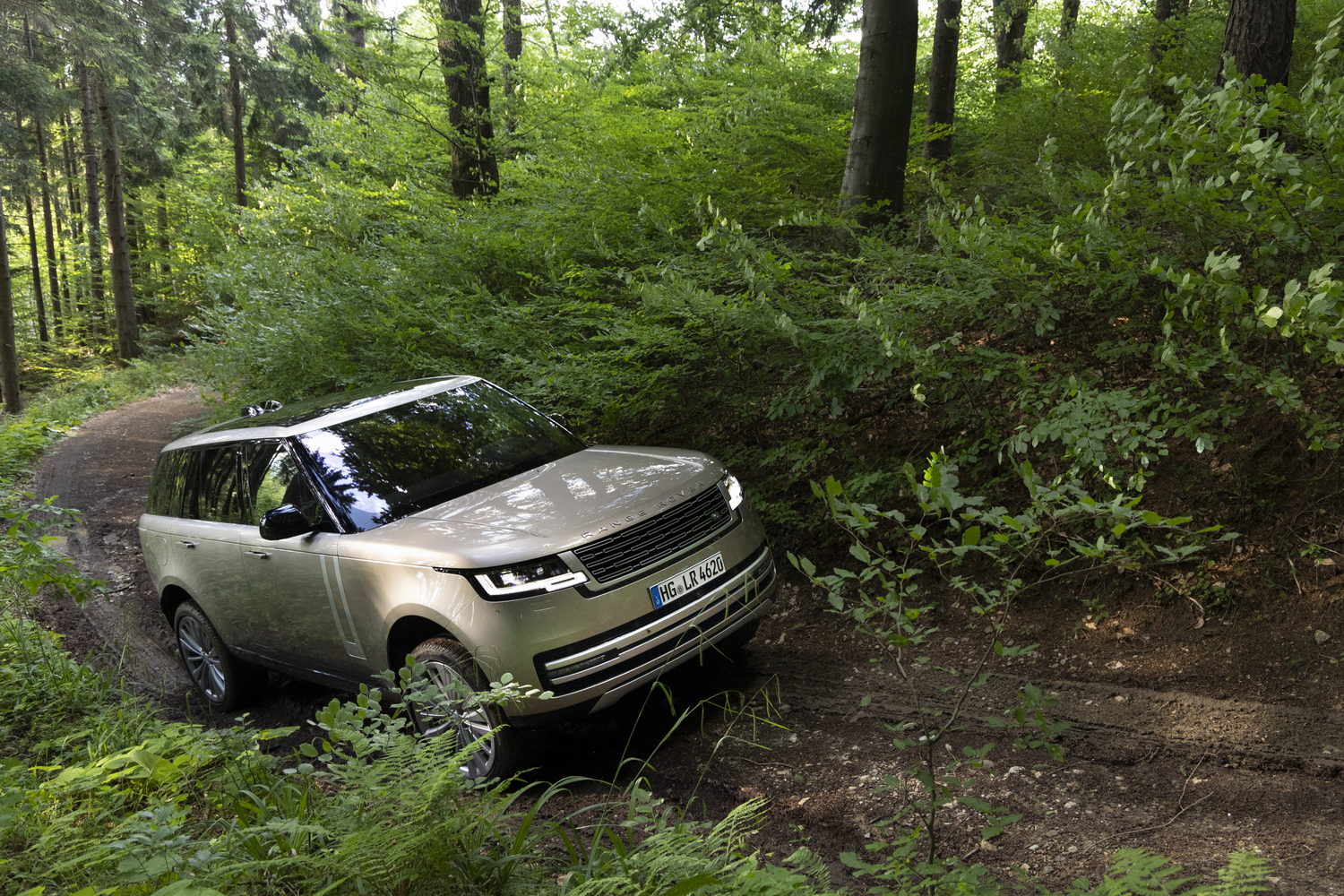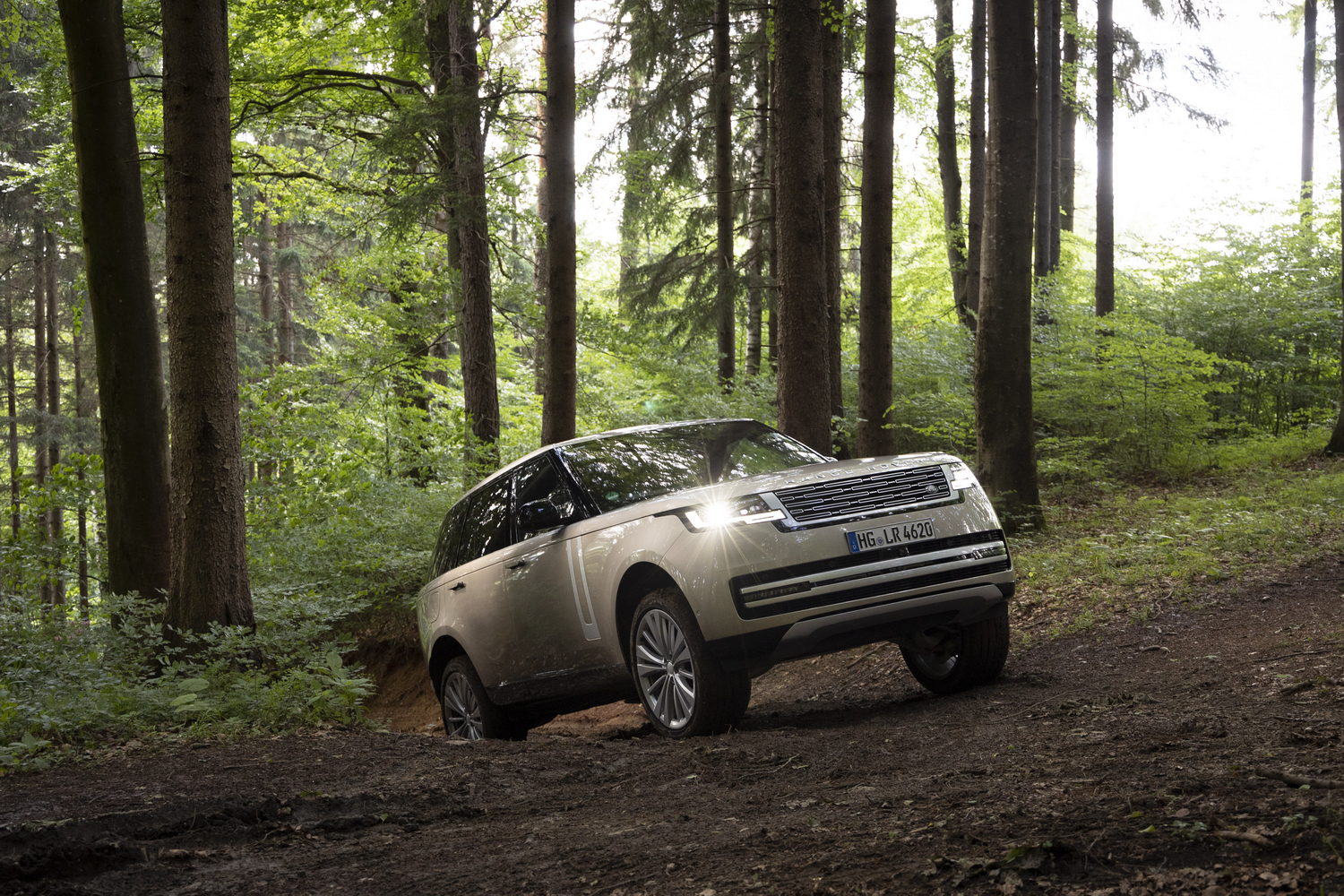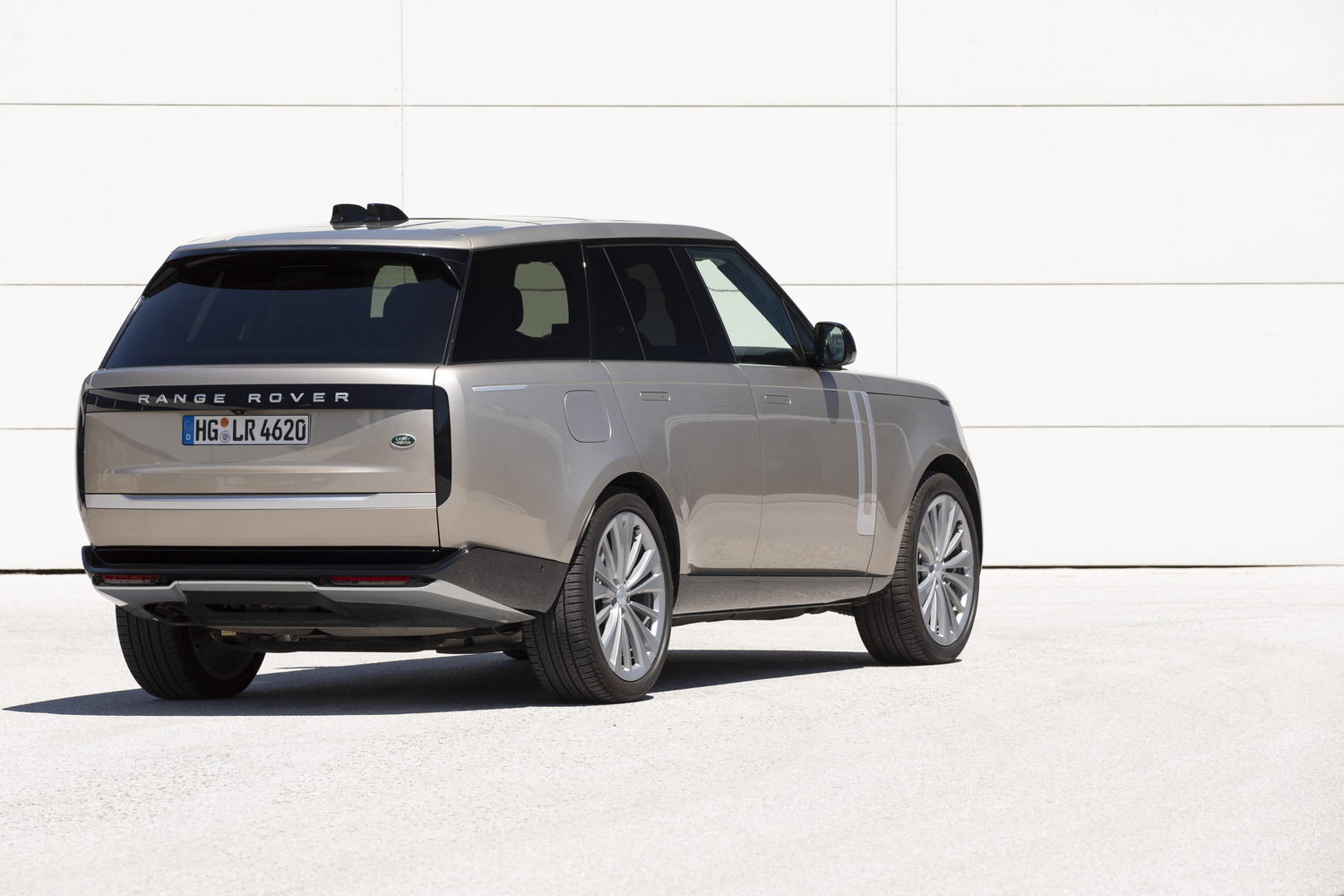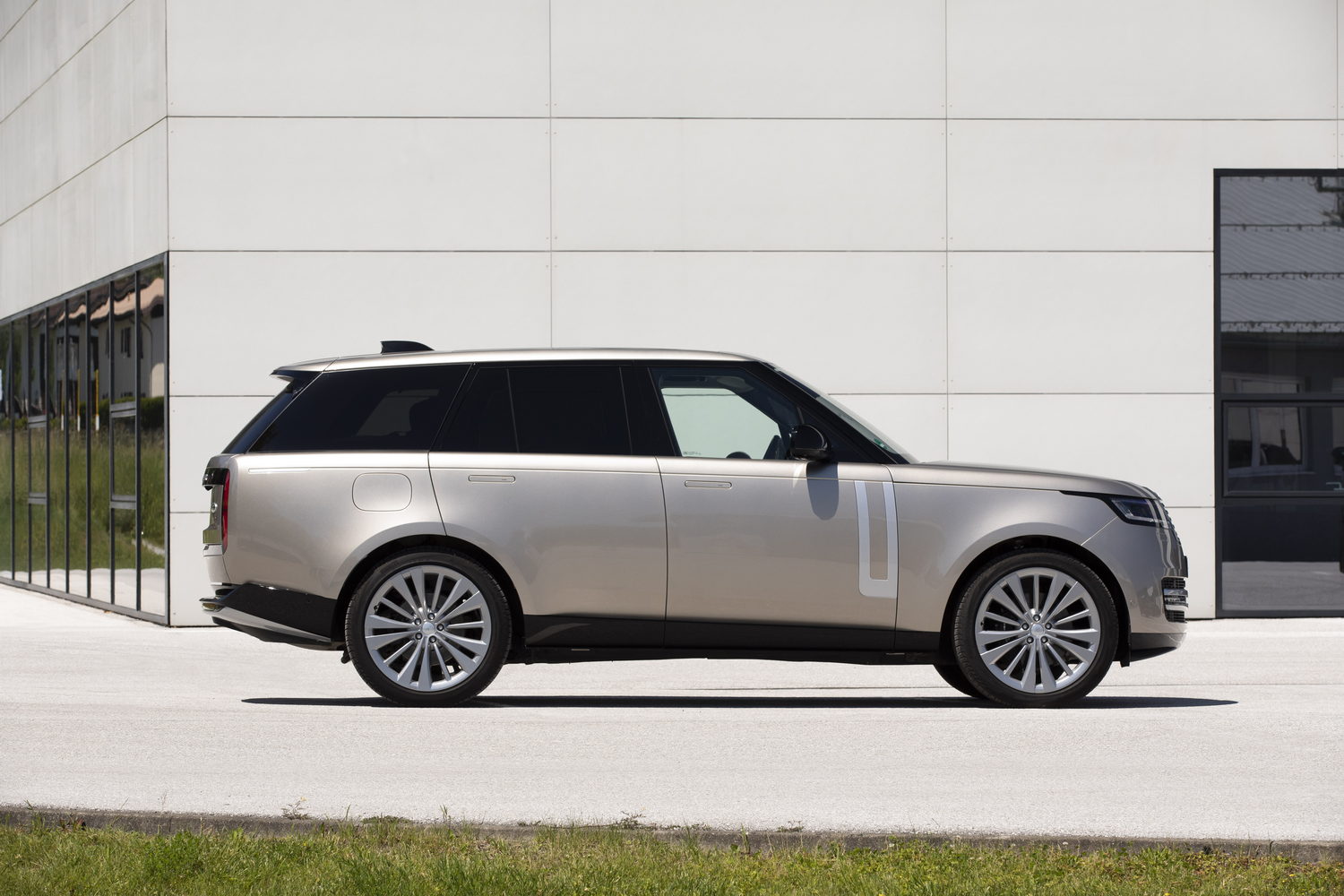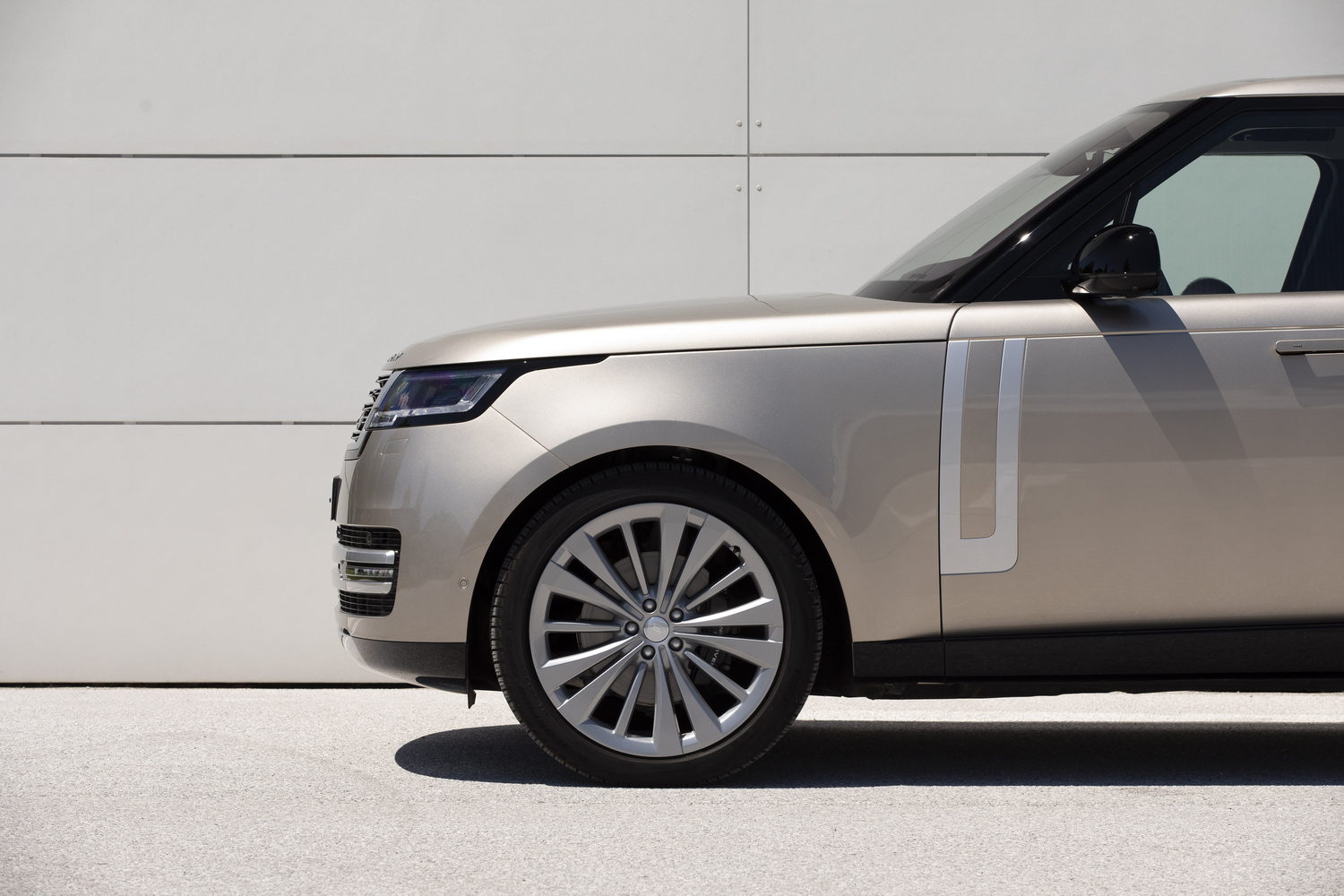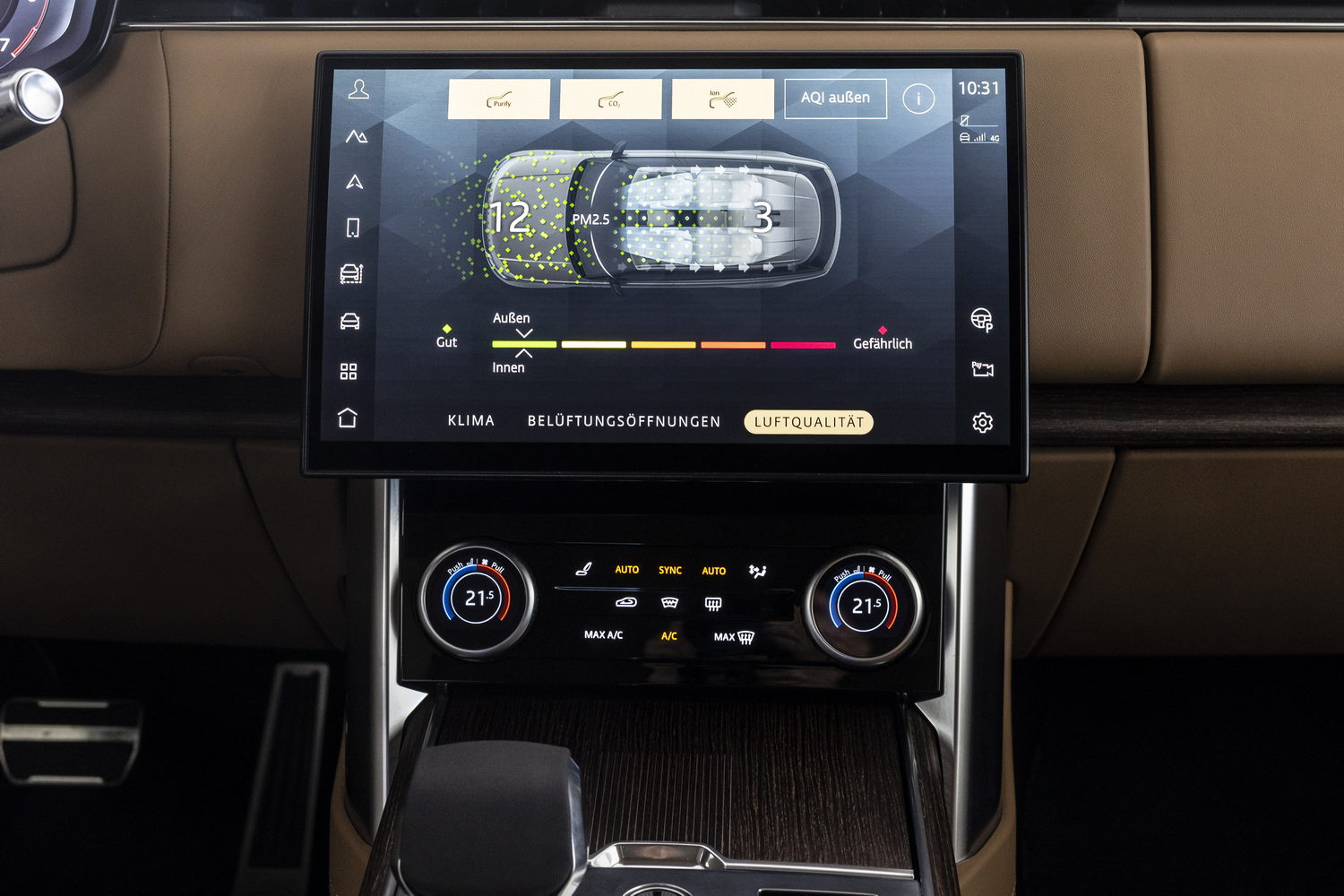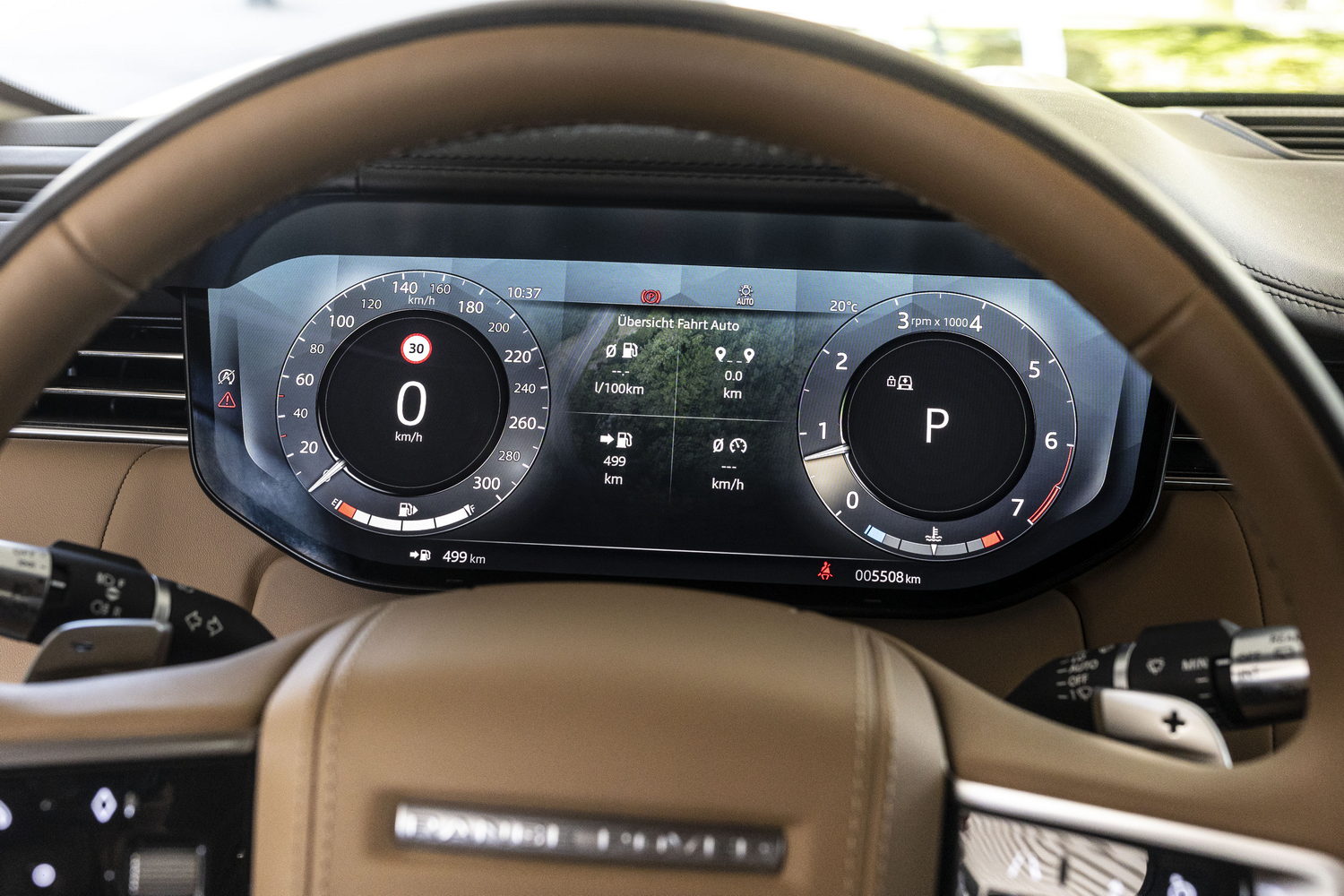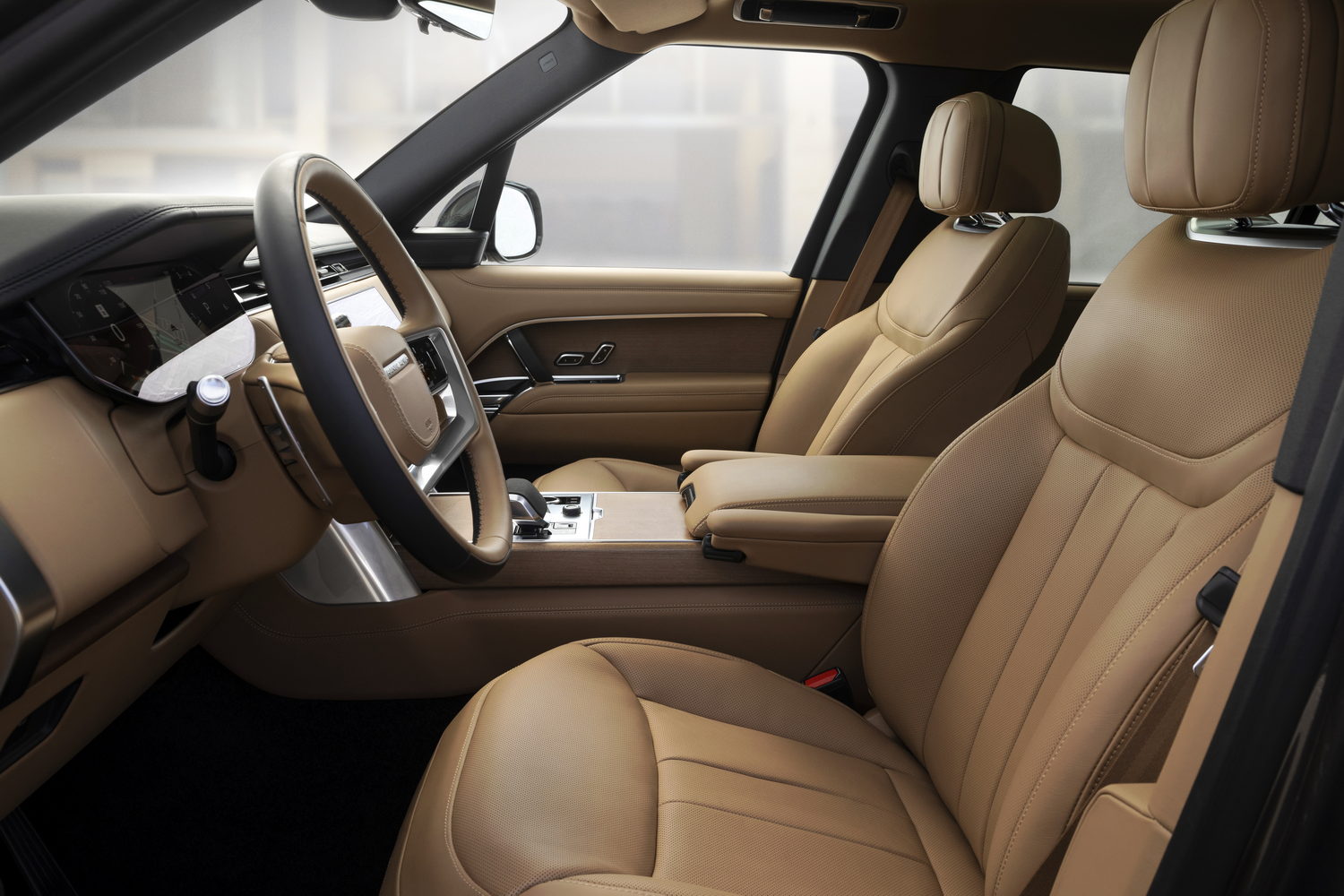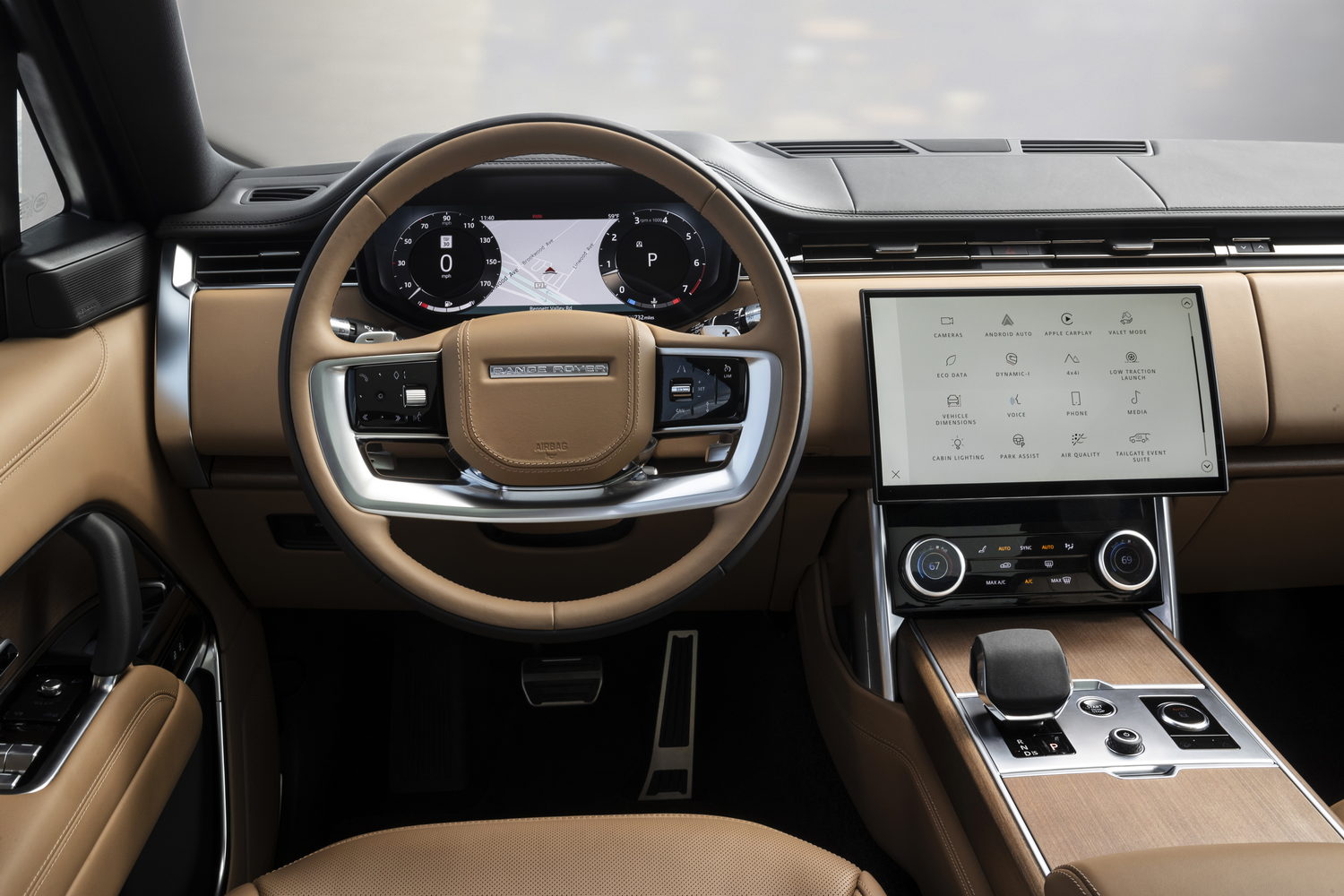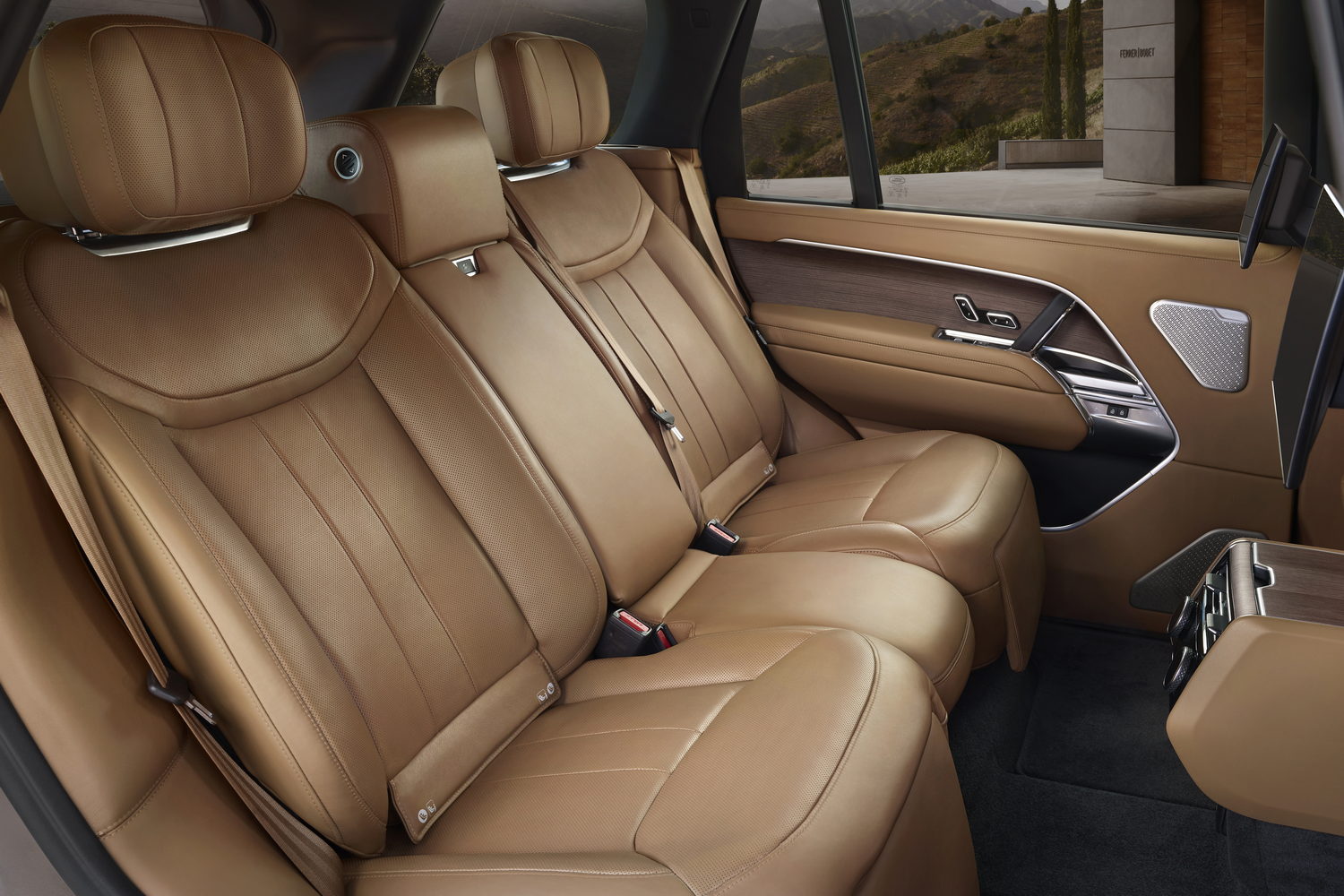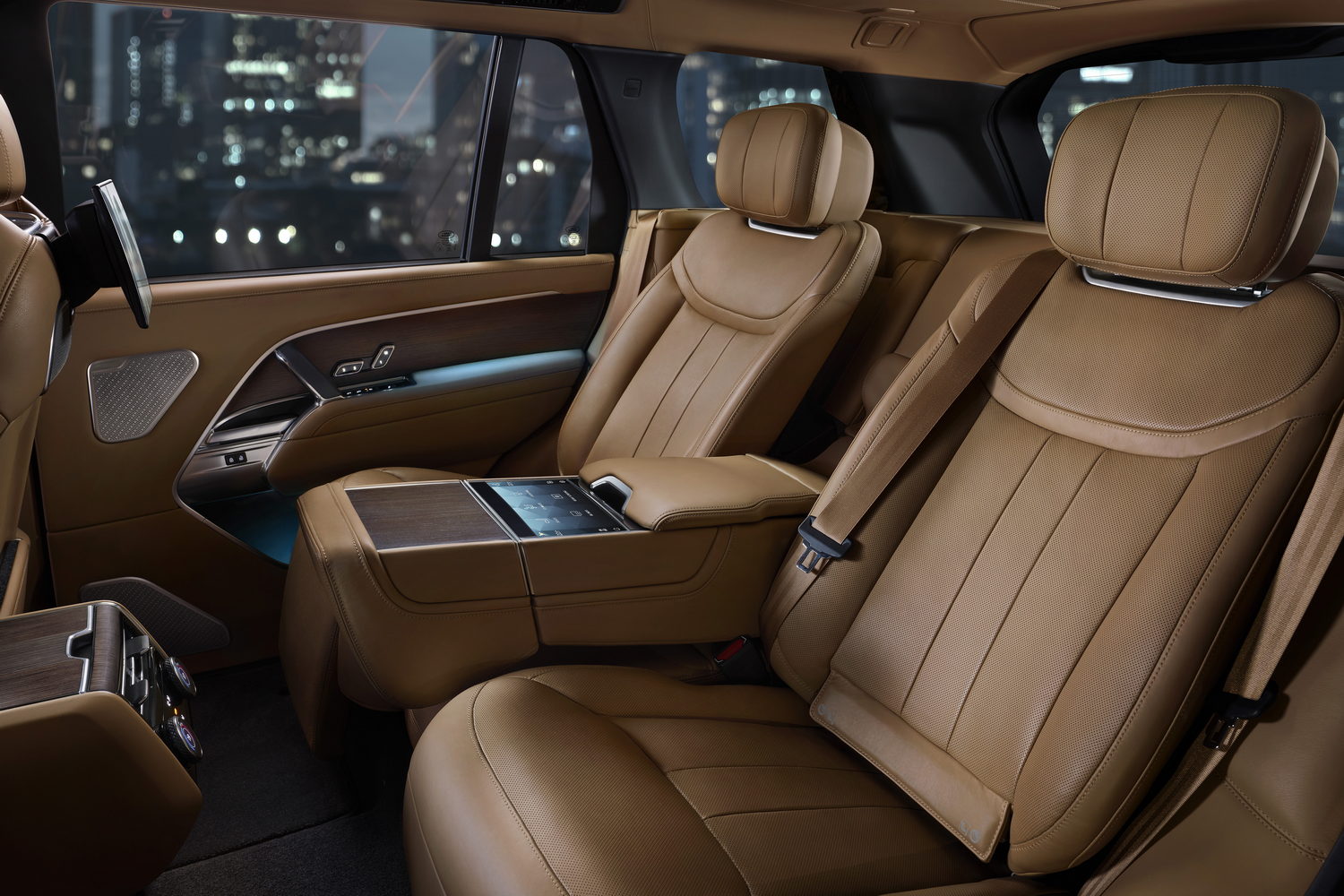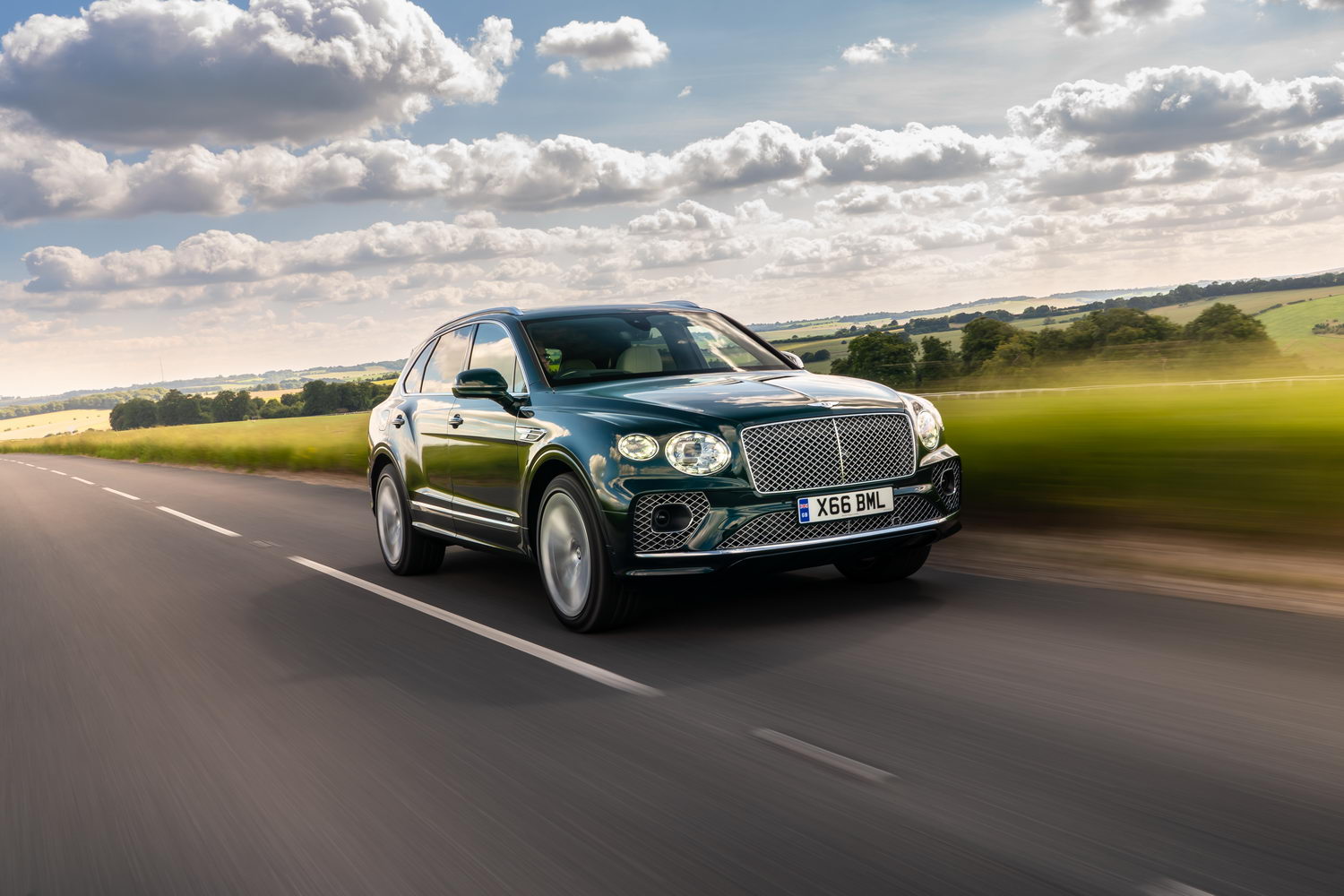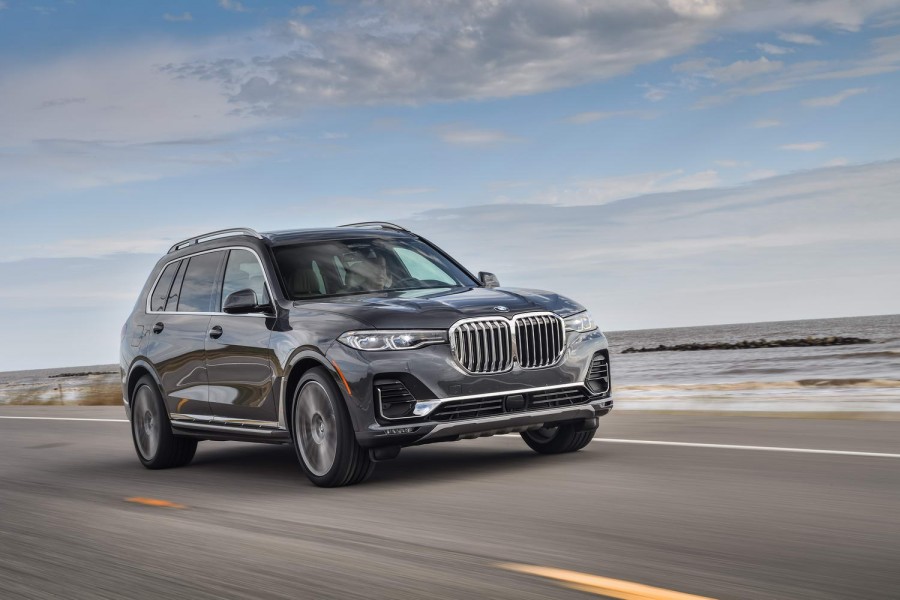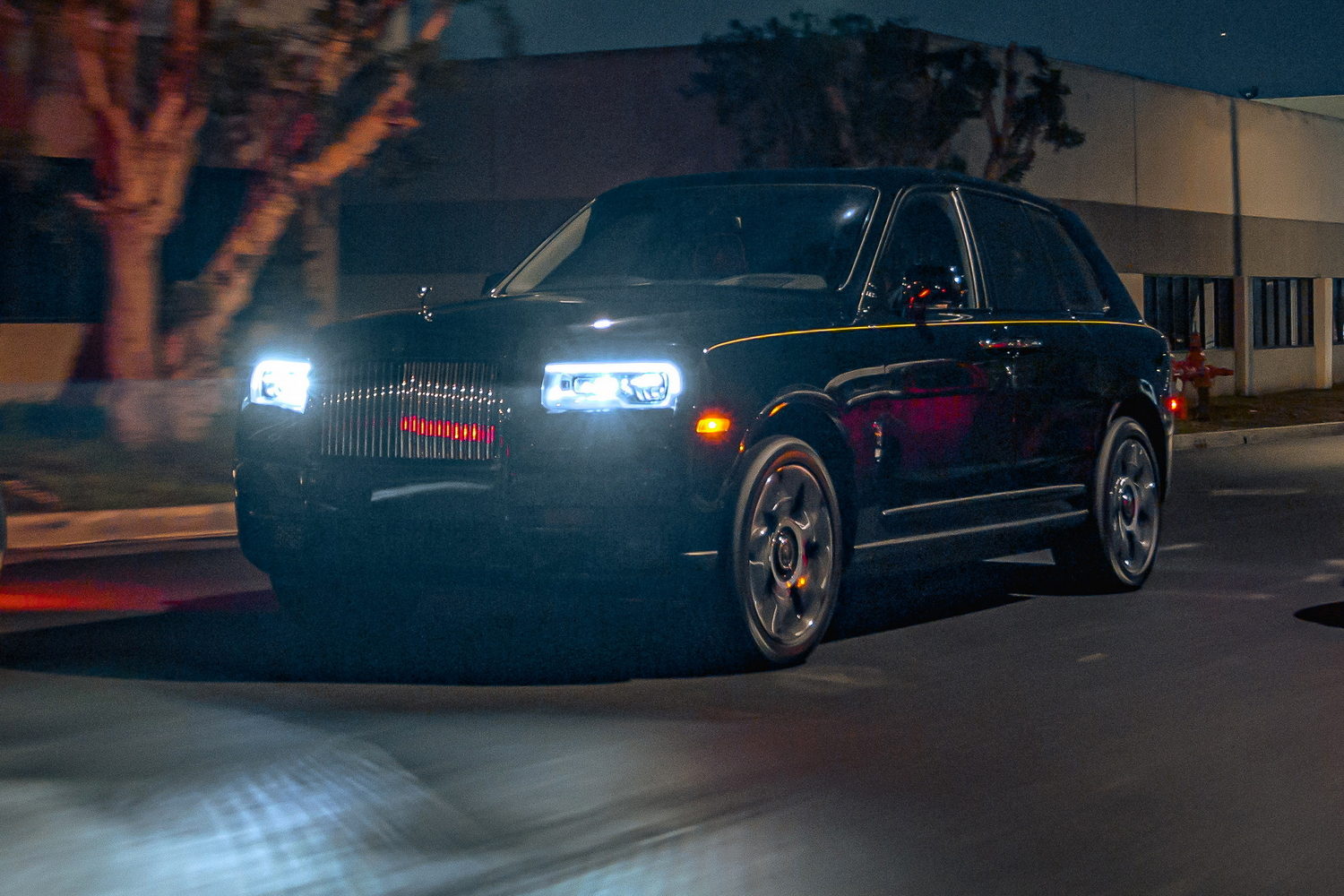Since its inception, Range Rover has represented the luxurious pillar of the Land Rover brand. The fifth generation takes that ethos and runs with it, offering new levels of splendour and technology to its buyers. While a frugal plug-in hybrid is coming, set to be followed in time by a fully electric version, the P530 model tested here represents one last unapologetic, V8-engined hurrah for the internal combustion engined era of SUVs.
In the metal
The designers of the all-new Range Rover have been very smart. If it were to whip past you on a back road, you'd hardly notice if it were the new or previous model, so owners of the earlier generation won't feel hard done by. The Range Rover has that huge, monolithic look that prevents it from being mistaken for any other vehicle. View one up close and you see where the design changes are; look a little longer and you'll keep seeing new ones.
As it ought to be, the quality of finish is visually exceedingly high. The shut lines are among the best in the business and the overall reductive nature of the exterior says luxury quietly rather than shouting it. Door handles that sit flush with the bodywork have been around since the Range Rover Velar's introduction and they do a decent job of giving the Range Rover a cleaner look along its vast flanks.
The face is pure Range Rover, only this time the headlights are a touch slimmer, and its high bonnet is almost chest height, adding to its imposing presence. The grilles are broader yet don't protrude from the overall shape of the front, which is a tasteful bit of design work. As with its predecessor, there is the choice of two wheelbase lengths, only this time the longer of those is available with a third row of seating, making the Range Rover one of the most luxurious seven-seat SUVs currently on sale.
At the rear, the signature split-folding tailgate remains and contains the one element that most obviously marks this out as the new generation. When the ignition and lights are off, the rear lamps are hidden behind the black panel that spans the back of the car.
The simplification of the design continues inside with a clean and unfussy look. Digital instruments are the order of the day and the 13.1-inch touchscreen display for the Pivi Pro infotainment system includes haptic feedback. With a curved surface that gives it the appearance of floating above the dashboard fascia, it is the best system that Land Rover has created to date.
Twin rotary controllers take some figuring out as they perform multiple functions depending on whether you've pushed or pulled them first, but this is something that owners will soon become familiar with doing without having to take their eyes off the road. The remainder of the centre console is a simple affair, with a chunky gear selector for the automatic transmission, engine start button and a pop-up rotary controller for the different terrain functions.
Those in the rear don't lose out either, as it's here that the Range Rover's refinement can really be appreciated. The outer seats provide a seemingly endless amount of adjustment - all done electrically, of course - and even in the short wheelbase model there is plenty of room to stretch out.
Depending on how you choose to specify the car there can be items such as a pair of 11.4-inch touchscreen displays that affix to the backs of the front seats and offer a full entertainment suite including HDMI connection for external storage devices, or even a games console. If the middle seat isn't required, it's possible to have the seat back electrically fold down to create a proper two-seat rear cabin with generous armrests and a touchscreen controller for adjustment of everything from the seat reclining to rear privacy blinds, cupholders and even the sunroof. Stick with the five-seat setup and you'll still have a very generous 818 litres of boot space. In our vehicle, the tailgate included an 'event suite' package that adds leather cushions to create proper seating for when you're enjoying the outdoors.
Driving it
There are words such as 'refined' that could be used to describe what it's like to travel in the Range Rover, but they don't quite cut it. You sit as high as you will in almost any other SUV and there are still some slightly old-world aspects to the driving position. The steering wheel is on the large side, perfectly round yet thinly rimmed, making it extremely easy to shuffle as you go. The controls and column stalks are all robust and feel solid, as they ought to in a machine costing this much.
The V8 engine lives up to that billing, as it's remarkably well-suited to the car, abundant in power yet discreet in showing it until absolutely needed. If you're expecting a brash, burbling V8 engine then you've turned up to the wrong party. This is more high-brow dinner party than tailgate get together.
Those eight cylinders are hushed until put to harder work and it's then that they begin to sing. Put your foot down and the air suspension squats at the rear as the 750Nm of torque works through the all-wheel-drive transmission to turn its massive 23-inch wheels. For a vehicle that weighs 2,585kg it isn't slow gathering a head of speed. The 0-100km/h acceleration time of 4.6 seconds is, frankly, silly in a car of this size, yet is equally as impressive from an engineering standpoint.
However, sports car-baiting acceleration is not the primary reason most people will seek to purchase a Range Rover P530. Comfort, finesse and relaxation are what you tend to experience when travelling in this car. Noise levels are kept to a level that calm and quiet conversation can be had even at higher motorway speeds. This is the type of vehicle that you can traverse an entire country in and feel as if you've merely driven down to the shops when you arrive. It bodes well for the fully electric version that is coming down the line.
A Range Rover has to have some off-road capability and there is an array of electronic wizardry to aid those who decide to venture off the beaten track. The air suspension can be raised to increase ride height and ground clearance while smart camera systems can show you what's going on underneath. All the while, careful management of progress and both ascents and descents can be done via the steering wheel controls. Even on road-biased tyres with 23-inch wheels there was little that could hinder the Range Rover's momentum in the rough stuff during our test.
The only disappointment was with the electronic glitches that still seem to plague Land Rover products. When returning to the road section, it refused to lower to its normal setting, requiring a full power-off and restart. Similar hiccups the following day with a different car ruled this out as being a one-off, so there's still more room for improvement in that area.
What you get for your money
Spend some time on the Range Rover configurator and you'll possibly wince at how quickly that 'total on-the-road' price ratchets up. Unless you're already living in the type of financial stratosphere where such purchases aren't a big deal. The starting price of €146,000 gets you into the P440e plug-in hybrid model, which is possibly the most sensible one to get on account of it having a vastly reduced annual motor tax rate and a battery range of up to 113 kilometres.
This P530 version is at the opposite end of the spectrum, and while few are likely to choose this engine in Ireland, in other markets, where cars such as this aren't penalised so much, it represents the finest Range Rover does. From an equipment perspective, Land Rover isn't exactly parsimonious, even on the base model (if you can call it that). The Autobiography version adds the best part of €20,000 to the bottom line but adds mostly exterior elements and interior upgrades such as a head-up display and executive class rear seats.
The First Edition specification, usually sold through the model's first year of sales, comes with even more equipment beyond the Autobiography grade, including 23-inch wheels, perforated semi-aniline leather and even a fridge in the centre console unit. However, if you want the ultimate spec then the SV grade is what you need. It adds more bespoke exterior and interior details that are specific to the SV line and has a starting price of €209,388.
Summary
The lucky few that will purchase the latest Range Rover will get a car that is sumptuous inside, refined to drive and, when fitted the P530 powertrain, packing a phenomenal piece of dynamic engineering.

